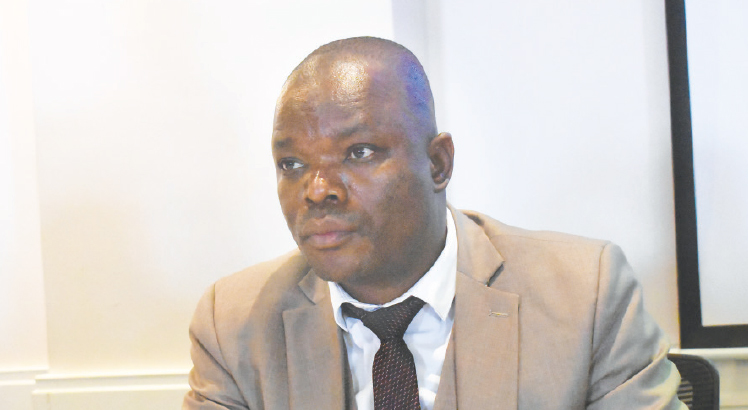Science council counts benefits
The National Council for Science in Technology (NCST) in Malawi has been receiving funding from the Science Granting Councils Initiative (SGCI) to promote science research and innovations. With this funding, researchers in Malawi are expected to submit proposals for research. How has this benefitted NCST and the scientists themselves? SUZGO CHITETE speaks to NCST director general PROFESSOR ELIJAH WANDA to share their experience with the initiative.

. How has your participation in the SGCI influenced council’s internal capacity to perform its functions?
. The training and networks received and established through participation in the SGCI has enabled the NCST staff to acquire the much needed requisite skills and competencies in research management; grants management; science diplomacy and co-operation; development and analysis of science indicators’; and monitoring, evaluation and learning. The staff is now better able to perform its functions informed by the new acquired skills and competencies.
. Has your participation in the SGCI led to new partnerships and networks? Which are those?
. Yes, it has. NCST has signed memoranda of understanding with sister science granting councils such as Research Council of Zimbabwe, National Council of Science and Technology of the Republic of Zambia and Research Fund of Mozambique to co-operate on research, science, technology and innovation endeavours. Locally within Malawi, NCST has established formalised/signed co-operation agreements on fostering research, science, technology and innovation with National Planning Commission and Malawi Bureau of Standards.
. With support from SGCI have you been able to facilitate research and innovations? Share some examples if you have any?
. Yes, with funding from SGCI we facilitated three public and private partnership research and innovation projects in renewable energy in the first phase of SGCI. Of these three the following two projects were successfully completed; (1) Solar powered technologies for smallholder dairy industry in Malawi; (2) Piloting biogas as a social enterprise at Tsangano vegetable market in Ntcheu District. In phase two, nine collaborative projects have been facilitated for implementation in agricultural biotechnology and renewable energy. The implementation of these is in progress.
. What opportunities to inform/influence policy processes have been achieved?
. At policy level, the biogas project attracted interest from the Department of Energy Affairs and Malawi Energy Regulatory Authority to learn from and design future projects adapting the biogas production project at Tsangano that used municipality waste and vegetable waste from the market.
The solar-powered milking machines in Malawi’s dairy industry attracted the interest of the co-operatives who committed to collect upscale the uptake and use of such machines among the members of the co-operatives. This has also expanded the business opportunities for the private sector. The policy implication for the projects in the second phase will be documented towards the end of the projects but the preliminary data shows a lot of potential for policy implication.
Q. Has there been a change in the funding/investment levels as a result of your application in the SGCI?
. Yes. The funding from SGCI has stimulated Malawi government funding for research, science, technology and innovation. For the first time, government has provided financing of the Science and Technology Fund that was established by the Science and Technology Act under section 24. The financing by the SGCI has been a trigger for operationalisation of the S&T Fund in Malawi. During the launch of the SGCI projects in phase two, the Ministers of Education and Health pledged to ensure that the Fund has received treasury funding so as to start supporting research and innovation and general advancement of research, science, technology and innovation. Since then political will has heightened to support the financing of the Fund by Treasury through appropriation by Parliament. With the operationalisation of the Fund, NCST has now managed to place calls for small grants and big institutional grants, the latter aimed strengthening capacity of institutions to conduct, co-ordinate and promote research, science, technology and innovation at institutional and national.
. Kindly share any top three lessons from implementing the SGCI projects and suggestions for SGCI future projects?
Providing an excellent opportunity for management of research projects directly by a granting council thereby making council’s staff to have a practical application of the skills and competencies acquired during the SGCI project implementation to consequently perform council’s functions better.
Support by collaborating technical agencies has been helpful in facilitating capacity building for councils through various customised demand-driven training activities in the identified areas of needs. The public and private partnership as well as collaborative approaches to research and innovation management are very fundamental as they provide good leverage for skills transfer among collaborating partners as well as promoting sustainability of projects beyond funding phase. The SGCI has been a good stimulus and springboard for unlocking treasury funding for research and innovation and thereby strengthening national level investment in research, science and technology.n





